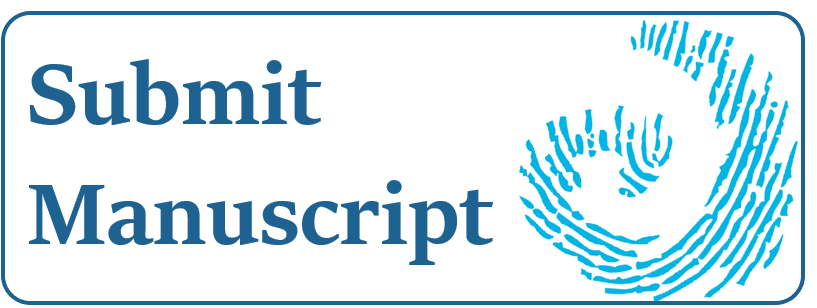Anti-Racist Archival Description
Abstract
For those whose stories are in the archives, accessing them can prompt many emotions and reactions. People accessing these records, and those processing and providing access to them, may be affected by their contents.
There are many things we can do as archivists and archival institutions to make this process easier, more accessible, and safer for those who experience direct or intergenerational trauma. The profession has access to a growing selection of tools to guide our protocols and practices, such as the Tandanya Declaration, the ATSILIRN protocols and UNDRIP, as well as case studies for high-level institutional changes and cultural shifts, though this process is arguably only at the beginning of its collective journey. However, there are often immediate and practical ways in which we can implement anti-racist archival practice, including the way we describe archival materials.
This paper will discuss practical ways in which archivists can actively undertake anti-racist description work, and why it is imperative that this work becomes a priority in our collection management work. It will draw on the comprehensive document Anti-Racist Description Resources, authored by the Archives for Black Lives in Philadelphia’s (A4BLiP) Anti-Racist Description Working Group, as well as other standards and sources.
Copyright (c) 2024 Angela Schilling

This work is licensed under a Creative Commons Attribution-NonCommercial-NoDerivatives 4.0 International License.
From 2022 (Volume 50) authors contributing to Archives & Manuscripts agree to publish their work under the terms of the Creative Commons Attribution-NonCommercial-NoDerivatives License), which permits non-commercial re-use, distribution, and reproduction in any medium, provided the original work is properly cited, and is not altered, transformed, or built upon in any way. Authors retain copyright of their work, with first publication rights granted to A&M.




